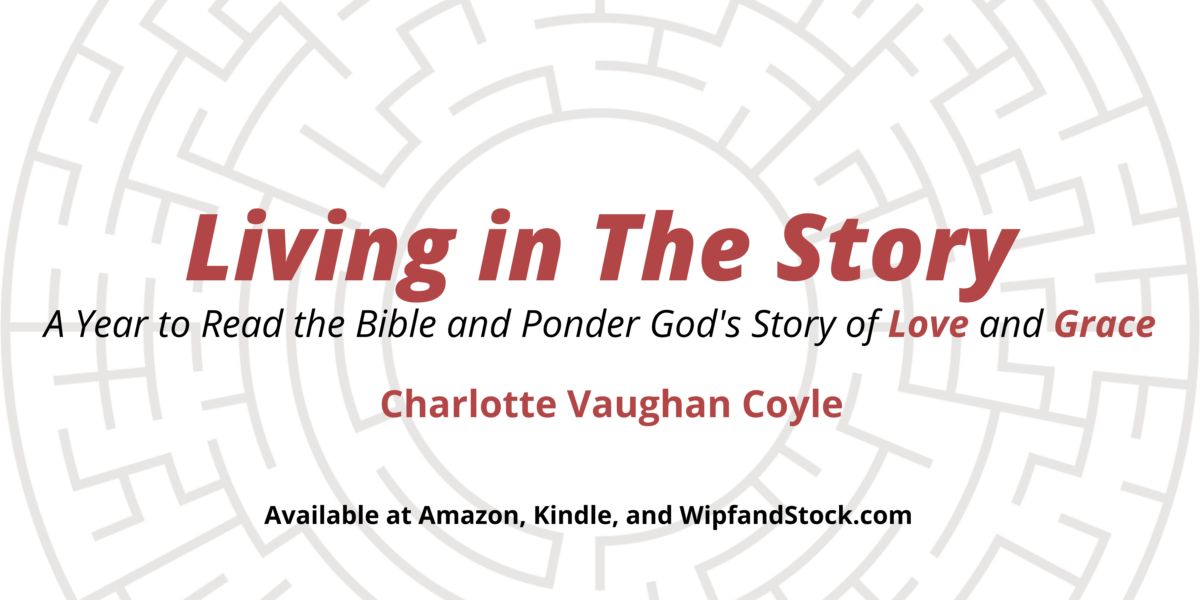I have a friend from seminary who once tried to write a paper for a class that explored how Leviticus is the Word of God. He couldn’t write it. He worked on it for weeks and never could figure out how to understand this odd, ancient book as “the word of the Lord.”
My friend is not the only one. Many of us struggle to understand these kinds of strange passages from the Church’s sacred texts. Just how could it be “the word of the Lord” that people with various disabilities should be excluded from worship? How could it be that people who are born a certain way should be excluded from the ministry of the priesthood?
I believe it is not possible for Christian readers of the OT to make sense of Leviticus without reading it through the lens of Jesus Christ. And that’s exactly what the writer of the Letter to the Hebrews did two millennia ago; he reread and reinterpreted Leviticus through his understanding of the Christ event. This is why Living in The Story juxtaposes Leviticus and Hebrews as we read during weeks 14 and 15. Reading the Bible in this way allows us to learn from this ancient Hebrew Christian theologian. We are introduced to one more faithful interpretive approach to the OT as he helps us reread our Christian Scriptures in our own day.
As I do the important work of biblical interpretation, I try to stay faithful to the tradition and open to the Spirit while I’m doing it. One principle that’s really important is to value the unity of Scripture. There are lots of ways parts of the Bible don’t make much sense if they are taken piecemeal. It is Scripture as a whole that gives appropriate witness to the mighty acts of God throughout history. We can’t separate Leviticus from the Psalms or the Prophets or the Wisdom literature. We need all of it together in order for our faith to have any real understanding.
The Bible is like a symphony with a variety of melodies, some very different from the other, played in movements within the complex score that is our Holy Scripture. Awareness, comprehension, and appreciation emerge only as the various strains and themes and rhythms of this fascinating masterpiece are brought together into a polyphonic unity.
Read more at Charlotte Vaughan Coyle, Living in The Story: A Year to Read the Bible and Ponder God’s Story of Love and Grace (pp. 182-183). Resource Publications. Kindle Edition.

